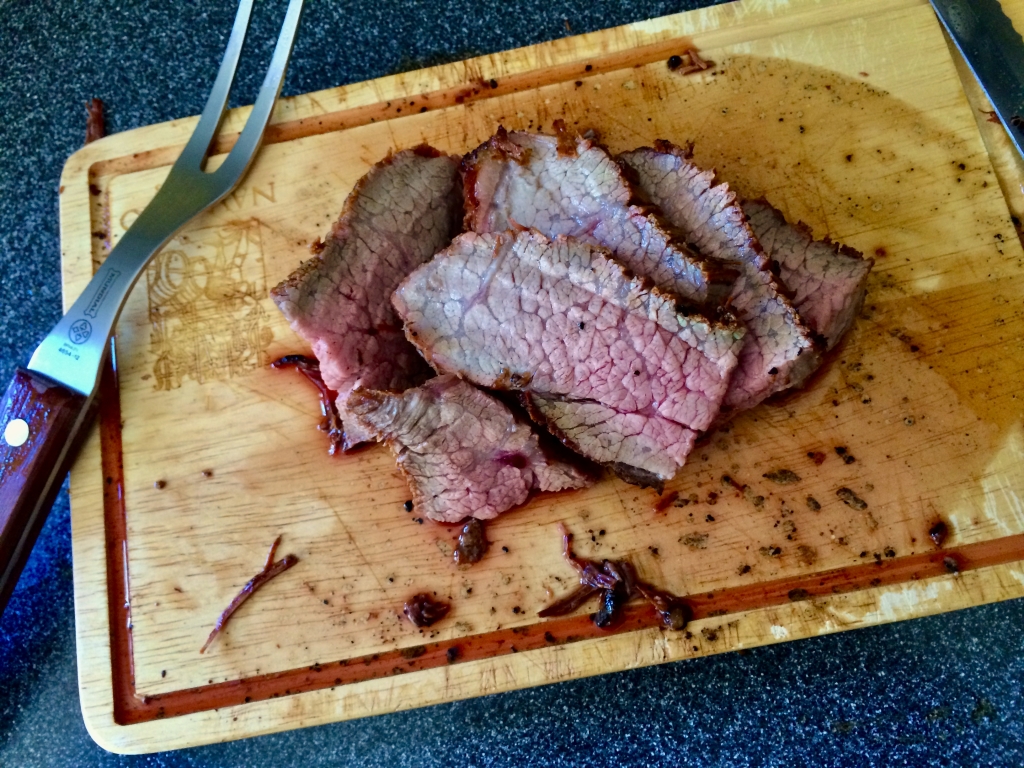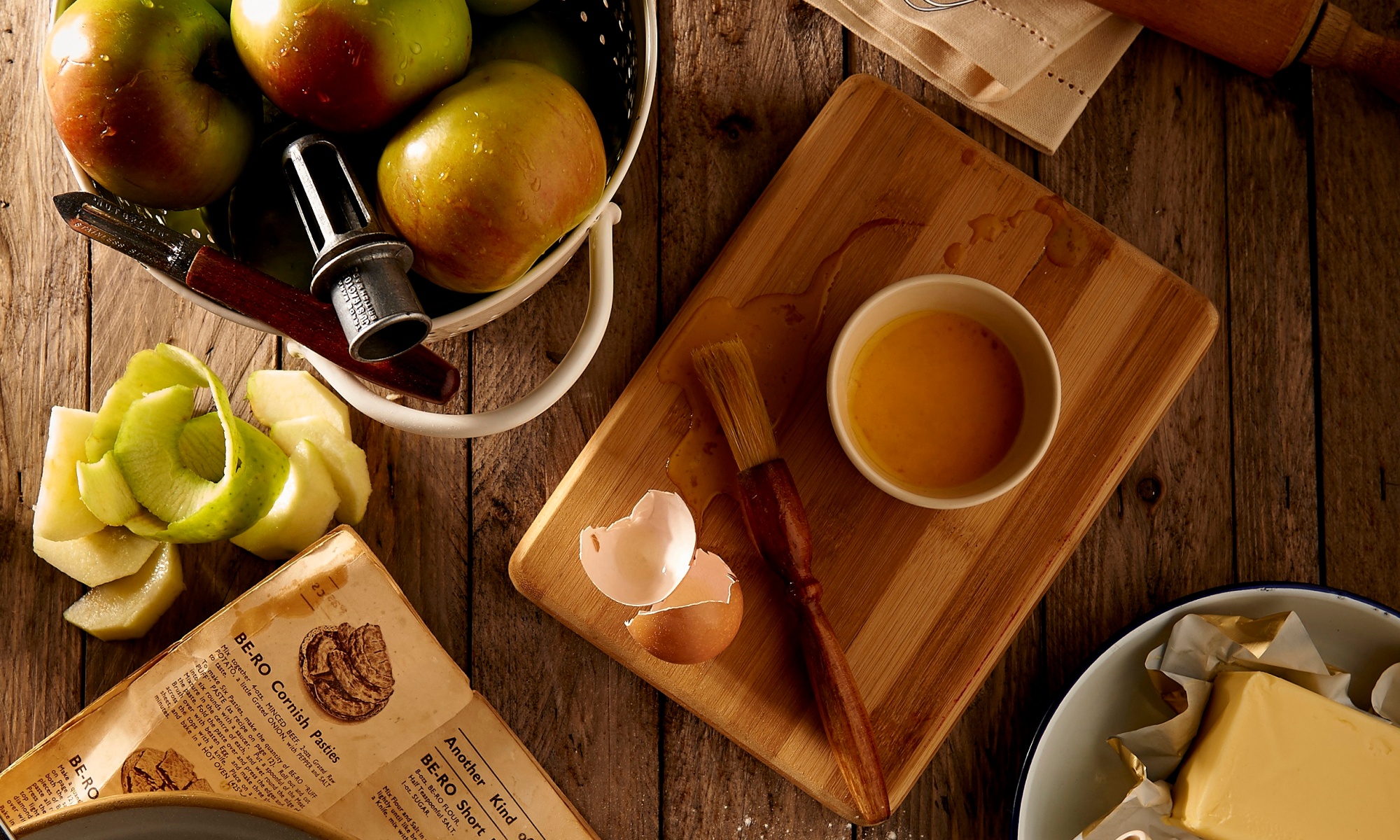The most popular recipe on ScottsKitchen.com has been my 2005 recipe for oven roasted tri-tip roast. I’ve made tri-tips with that recipe dozens of times (or so it seems!).

More recently, I’ve re-discovered the tenderness benefits of slow roasting beef. There’s another recipe here (2009 Recession-Era Slow-Roasted Roast Beef) that demonstrates that technique. Turns out that technique is used by deli’s to make their roast beef for slicing and sandwiches. It both minimizes the weight loss from cooking the beef plus it allowed cheaper cuts of beef to be used as well.
Turns out that slow roasting can be useful with tri-tip roasts as well. My version using this process follows below. Give it a try and let me know how it works for you!
Ingredients
- 2.5 to 3 lb tri-tip roast
- 2 Tbs olive oil or other cooking oil
- Plenty of salt and fresh ground pepper
Directions
- About 30 minutes ahead of time, bring the tri-tip out of the refrigerator to allow it to begin warming.
- About 15 minutes ahead of time, pre-heat the oven to 350 degrees.
- Add 2 tablespoons of olive oil or other cooking oil to a large, heavy ovenproof pan. Heat pan on high.
- When the pan is very hot, add the tri-tip, fat side down. Turn heat to medium-high and sear roast for about 4 minutes. Turn the roast and put the pan with the tri-tip into the oven.
- Immediately turn the oven down to 225 degrees. Cook roast for about 15 minutes a pound, checking with an instant-read thermometer after 30 minutes. When it reaches 130 degrees it’s medium-rare and time to take the pan out of the oven.
- Remove tri-tip to cutting board. Wrap tri-tip in aluminum foil and leave for 10-15 minutes to allow the juices to settle.
- Remove tri-tip from the foil and thinly slice it against the grain (in other words, across the grain). Serve on a platter – BBQ sauce or steak sauce totally optional.
(Added: December 17, 2019; Updated: December 24, 2020)

In the oven-proof skillet about to go into the oven at 350 degrees – and immediately turned down to 225 degrees.

Note the beautiful color that this slow roasting technique produces!


